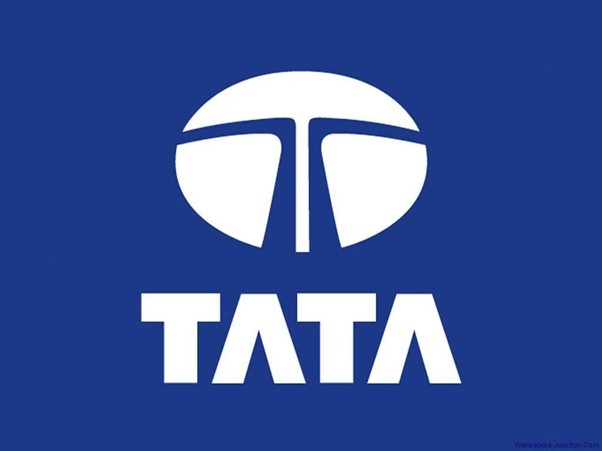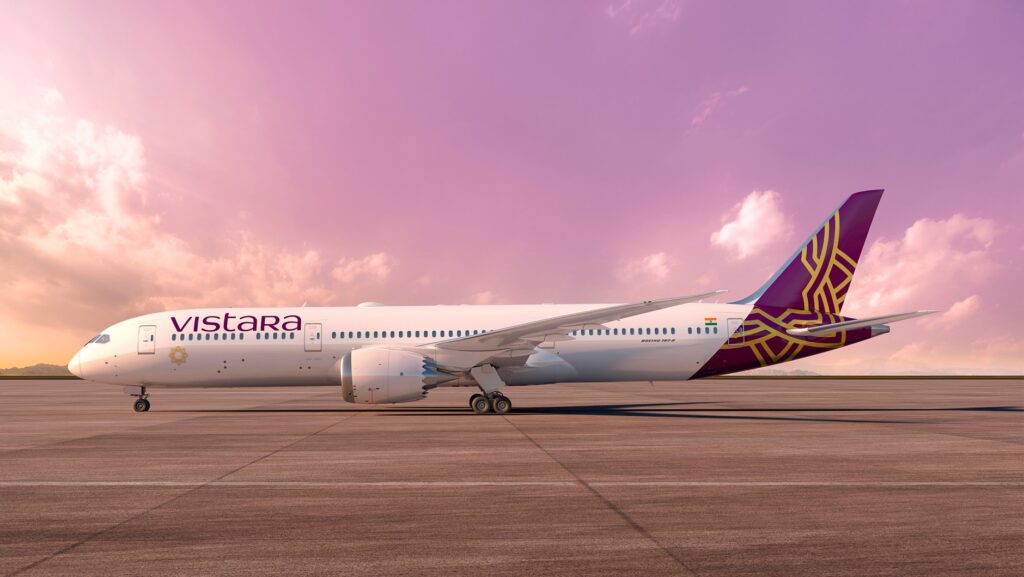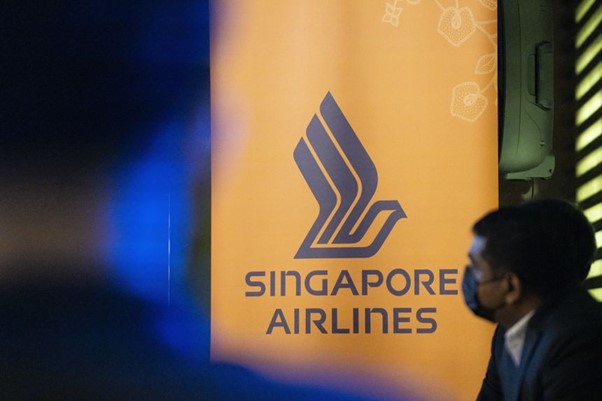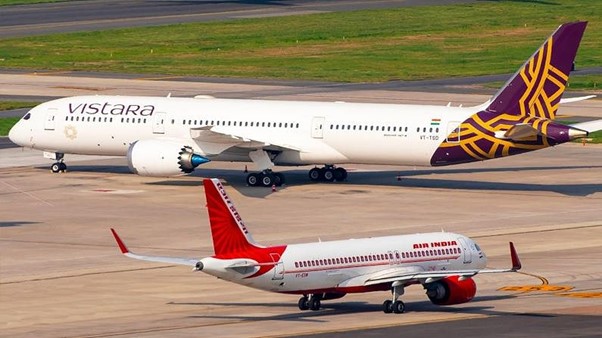Air India, being the national carrier airline of India was established in April 1932 by J.R.D Tata.
However, the commencement of the same is noted on 29th July, 1946. Now, it has a fleet size of about 112 aircrafts. Talking with reference to Product Life Cycle, the decline stage had occurred when it got merged with Indian Airlines to form Air India Ltd. in 2007.
The combined loss during that time was INR 7.7 billion. By 2011, losses grew to INR 646 billion (426 billion debt + 220 billion operating loss). Post-merger, news of suspension of Star Alliance membership, and more other controversies were observed.
Efforts were put in by advertising, but it ceased to work. Due to substandard remuneration, there was a decline in customer service, and Air India had lost many loyal customers. After the 2007 merger, it aimed to lift the company from severe losses and debts, but all of it had gone in vain.
It had strengths of government backing, but at the same time, there had been labor problems, political intervention, low utilization of resources and the compulsion to be a public enterprise. The opportunities it enjoyed were a rise in consumer’s income, solving international issues, complementary industries like tourism; but the threats included rising labor cost, fuel cost, aggressive competition and loss in market share. With that, the decline of Maharaja was seen.

Tata SIA Airlines LIMITED, operating as Vistara, is an Indian full-service airline, based in Gurugram, with its hub at Indira Gandhi International Airport. It has a fleet size of about 52 planes.
It is the result of the parental company Tata Sons, as it has 51% of its outstanding shares. The company was seen making a profit of INR 1813 cr in the year 2020. Nevertheless, the losses widened in the financial year ended March 31, 2022 due to the impact of Covid- 19 pandemic, and an increase in operating costs.
After the acquisition of Air India by the Tata group in January 2022, sources reported the chances of a merger between Vistara and Air India.
On 29th November, 2022, Tata Group and Singapore Airlines confirmed the merger of two airlines into a single airline.
Although, it is to be carried out post receipt of requisite approvals. As part of the merger transaction, Singapore Airlines shall also invest INR 2059 crore in Air India. Post the consolidation, Singapore Airlines shall hold 25.1% shareholding in Air India. The transaction is estimated to be completed by March 2024, subject to regulatory approvals.

As per Industry experts, Tata group’s decision of merger will enable faster turnaround, and limit the expenditure on brand building. It effectively means the phasing out of Vistara.
However, there is no final word; yet on the future look, and product attributes of the merged airline. It is also noticed that the cost, time and energy involved in building, and maintaining two brands is extremely high, and the merger will also bring in Vistara’s frequent flyers to Air India.
The founder and CEO of Air India further added, “Air India’s merger with Vistara completes the consolidation process within multiple Tata airlines. The simplicity of Air India’s structure significantly improves the chances of its successful turnaround.”

Further, it is noticed that Vistara started small, but has rapidly expanded its fleet. Besides, to become financially viable, it needed a bigger scale. This is possible if its operations are integrated with Air India. There are a lot of synergies possible, and the market is looking for a big, strong alternative to IndiGo.
Vistara was the inheritor of the brand legacy left behind by Jet Airways; an airline that believed in being ahead of the rest. It has been built with that passion.
According to Skytrax (an Airline-Airport review and a Rating Site), “Vistara has a better product, and brand perception than Air India, being among the top 20 global airlines. Even if Air Inida adopts the Vistara product wholesale, it will be a huge improvement on its currently uncompetitive cabin products.”
Hence, the Tata’s seem to embrace business reality and its importance.
Written by Shreya Shroff
Edited by Kushi Mayur




